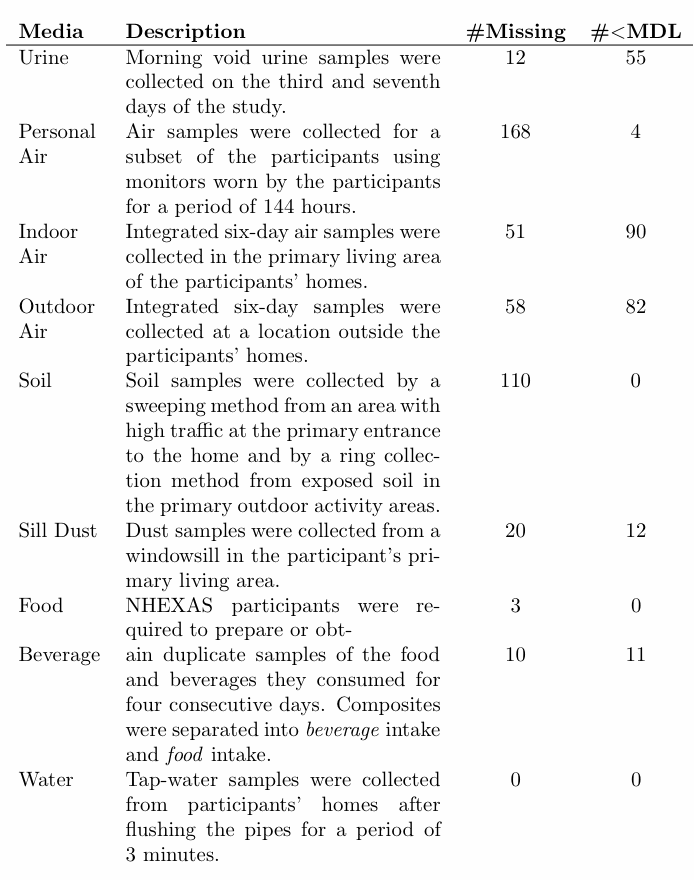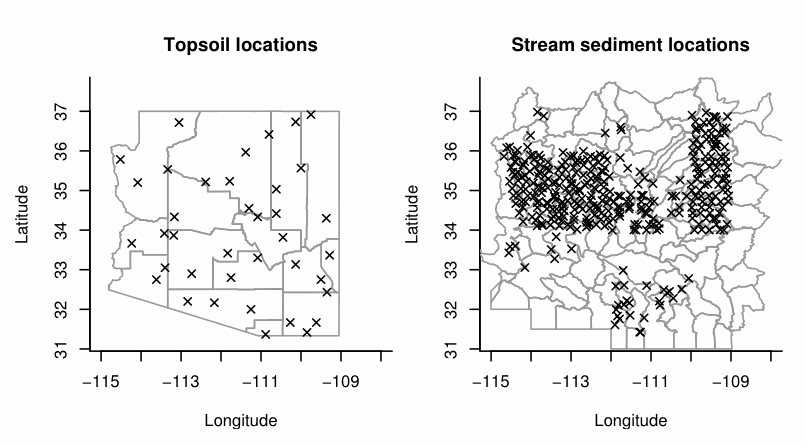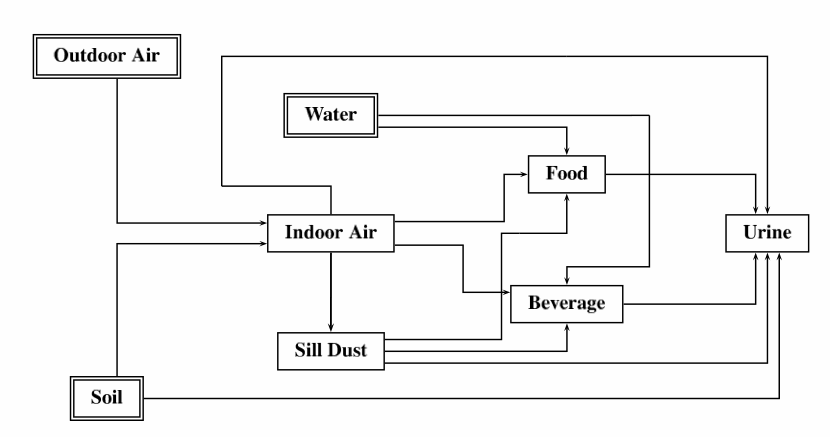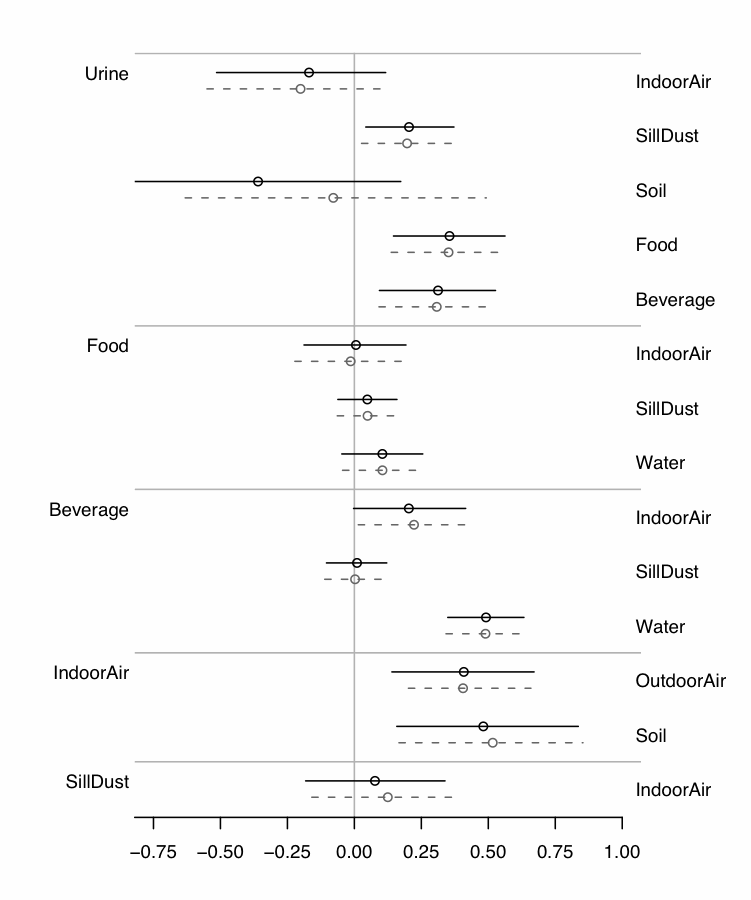Calder, C.A., Craigmile, P.F., and Zhang, J. (2009). Regional spatial modeling of topsoil geochemistry. Biometrics, 65, 206-215, DOI: 10.1111/j.1541-0420.2008.01041.x.
Clayton, C. A., Pellizzari, E. D., and Quackenboss, J. J. (2002). National Human Exposure Assessment Survey: Analysis of exposure pathways and routes for arsenic and lead in EPA Region 5. Journal of Exposure Analysis and Environmental Epidemiology, 12, 29-43.
Craigmile, P.F., Calder, C.A., Li, H., Paul, R., and Cressie, N. (2009). Hierarchical model building, fitting, and checking: A behind-the-scenes look at a Bayesian analysis of arsenic exposure pathways (with discussion). Bayesian Analysis, 4 (1), 1-36, DOI:10.1214/09-BA401.
Cressie, N., Buxton, B.E., Calder, C.A., Craigmile, P.F., Dong, C., McMillan, N.J., Morara, M., Santner, T.J., Wang, K., Young, G., and Zhang, J. (2007). From sources to biomarkers: A hierarchical Bayesian approach for human exposure modeling. Journal of Statistical Planning and Inference, 137, 3361-3379.
Gelman, A., Carlin, J. B., Stern, H. S., and Rubin, D. B. (2004). Bayesian Data Analysis, 2nd edn. Boca Raton, FL: Chapman & Hall/CRC.
McMillan, N. J., Morara, M., and Young, G. S. (2006). Hierarchical Bayesian modeling of human exposure pathways and routes. Proceedings of the 2006 Joint Statistical Meetings. Alexandria, VA: American Statistical Association, 2492-2503.
Paul, R., Cressie, N., Buxton, B. E., Calder, C. A., Craigmile, P. F., Li, H., McMillan, N. J., Morara, M., Sanford, J., Santner, T. J., and Zhang, J. (2007). A Bayesian hierarchical model of arsenic exposure based on NHEXAS data: A comparison of US EPA Region 5 and Arizona. Proceedings of the 2007 Joint Statistical Meetings. Alexandria, VA, American Statistical Association, 1055-1062.
Santner, T.J., Craigmile, P.F., Calder, C.A., and Paul, R. (2008). Demographic and behavioral modifiers of arsenic exposure pathways: A Bayesian hierarchical analysis of NHEXAS data. Environmental Science & Technology, 42(15), 5607-5614.




